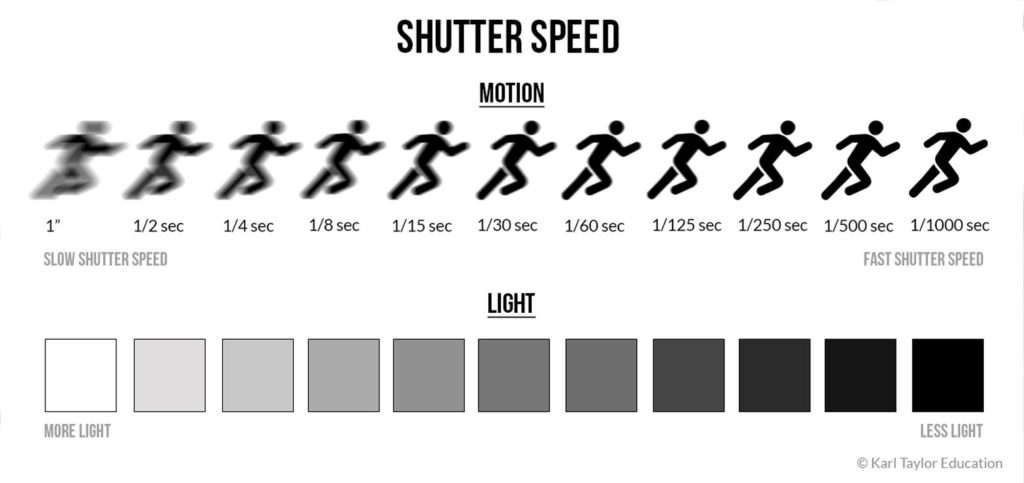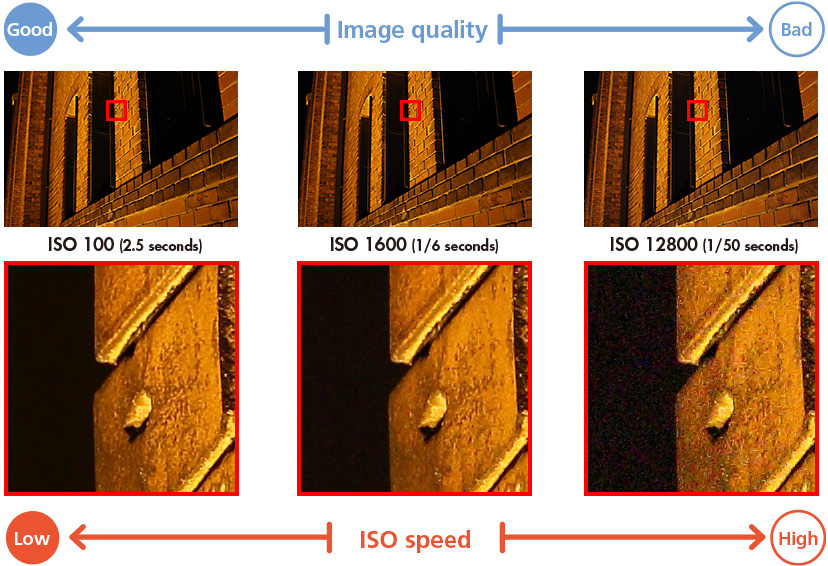Best Settings for Sports Photography
Now that we got equipment out of the way on the previous post. Let’s talk about what is the best settings for sports photography.
To understand the settings for sports photography, I will be breaking down the three pillars of photography.
Aperture and f-stop are essentially the same things.
They both determine how much light passes into the lens. The aperture is measured as f-stops. In the photography world, we compare that with the human eyes. The aperture is the pupil, and the f-stop is the ratio of the focal length of the diameter of the aperture. The aperture will affect how much depth of field a picture has. More light (large aperture/lower f-stop), less depth of field. Less light (smaller aperture/higher f-stop), more depth of field.

Shutter speed is another pillar.
This is how fast the “curtain” in front of the lens will be open for the light to hit the camera sensor. The shutter speed is measured in fractions. For example, 1/100 means one hundred of a second. The higher the fraction, the faster the shutter speed will be. That means that you will be able to “freeze” the action. However, less light will get to the camera sensor.

ISO is simply what makes the photo brighter or darker.
The higher the number, the brighter the image will be. However, there is a trade-off when shooting with a high ISO. Higher the ISO, the more grain/noise your image will have. As a photographer, you will want to always keep the ISO number as low as possible and rely on your shutter speed or aperture to brighten the image.

If you ask me, “Is there a specific setting combination of these three pillars that I can use to get the perfect shot?” The answer is not really. All three settings work together, and you will have to adjust it according to the sport and time of the day. Even though there is no magical formula, there are still a few things we have to keep in mind when shooting sports.
Using a fast shutter speed is key. You will want to freeze the action, for example, when a player hits the ball. A faster shutter speed will result in a darker image because less light will get to the camera sensor. That means you will have to have a large aperture (f/2.8). The ISO will depend on the lightning of the stadium, court, or the time of the day. But, remember, the higher the ISO, the more noise the image will have.
To summarize, you will want to have a fast shutter speed, a large aperture, and the ISO will vary with how much light you have.
